Trudy Rubin: Trump's Gaza peace plan is in danger of failing, unless he sees what's in front of his nose
Published in Op Eds
“To see what is in front of one’s nose needs a constant struggle,” warned George Orwell, the famous British author of "1984." He was referring to politicians’ dangerous tendency to ignore facts that challenge their preferences or ingrained beliefs.
While that quote could refer to many aspects of President Donald Trump’s domestic policies, it has particular relevance to the looming collapse of his 20-point plan to bring regional peace to the Middle East, starting with Gaza.
The fragile ceasefire still holds, and the living hostages are all home. But the subsequent, critical phases of his plan are close to unraveling, which could renew the fighting and extend the terrible humanitarian suffering. That danger looms large because neither Trump nor his team is willing to see what’s in front of their noses.
Gaza cannot be stabilized, nor Hamas disarmed, unless the president spells out something his plan conspicuously avoids: the political goal of the whole process. Unless that goal is Palestinian self-determination for Gaza and the West Bank, his dreams of a Nobel Peace Prize are doomed.
How can I be so sure? And why should this be so obvious?
Believe me, I would love to be proven wrong, and Trump deserves credit for achieving a temporary ceasefire and the release of the hostages by Hamas.
Yet, after decades of covering Mideast peace efforts, I recognize that Trump’s plan regurgitates ideas that have previously failed, and ideas that moderate U.S. Arab allies have already rejected. Nor does it offer Gazans (or West Bankers) reason to risk actively rejecting Hamas.
The current plan calls for disarming a weakened Hamas by force. It dumps that job onto Arab and Muslim allies, who are supposed to form an international stabilization force (known as the ISF) to police the strip while training a new crop of Palestinian police, as Israeli troops gradually withdraw.
The White House is asking the U.N. Security Council to approve the force, yet it doesn’t give the world body any say over the ISF’s operations. Final control would rest with a still undefined international board of peace headed by ... Donald J. Trump.
The Saudis, Emiratis, Jordanians, Azeris, and Pakistanis — all touted by Trump as potentially sending soldiers and/or funds — have already refused to participate in such a vaguely defined force. The only Muslim country to pledge troops so far is Indonesia, but the usefulness of soldiers who have no Arabic or any cultural ties with Gazans is a mystery.
Arab states don’t want to take up arms against Gazans, nor wind up helping Israel continue its occupation. Israeli troops still control 53% of the strip behind a so-called yellow line, and there’s no certainty they will leave or refrain from retaking more.
“If we’re running around Gaza on patrol with weapons, that’s not a situation any [Arab] country would like to get involved in,” King Abdullah II of Jordan told the BBC last month. “We hope [the mandate] is peacekeeping, because if it’s peace enforcing, nobody will want to touch that.”
Moreover, key Arab leaders, including Saudi Crown Prince Mohammed bin Salman, who will visit the White House on Wednesday, have stated that funding reconstruction or the ISF depends on the plan clearly specifying a final goal of Palestinian statehood.
The Gulf Arabs don’t want to pay for rebuilding Gaza unless the plan advances regional peace and a permanent end to Israeli-Palestinian warfare. That is also the sine qua non for Saudi recognition of Israel.
As a senior Saudi foreign ministry official recently told a conference in Manama, Bahrain: “The realization of a Palestinian state is the prerequisite for regional integration. We have said it many times, and I don’t think we have received a full understanding.”
Yet, the Trump plan contains only the vaguest reference to Palestinian aspirations for such a state, and the Israeli government rules that option out.
Moreover, on the West Bank, which is receiving far too little current attention, violent Jewish settlers are viciously attacking Palestinian farmers and villages daily, unchecked by the Israeli government or military, with the goal of forcing Palestinians to leave their land. This is also undercutting prospects for the Gaza peace deal.
So the stabilization force, on which the whole plan depends, remains in grave doubt.
What Trump’s nose ignores is that there is only one way to curb Hamas’ remaining power in Gaza and force it to turn over arms: offer Gazans an alternative political future so promising that they turn against the militants en masse.
I watched that happen on the ground in Gaza in the mid-1990s, when members of Palestine Liberation Organization chief Yasir Arafat’s Fatah movement, along with Palestinian professional organizations, urged him to wipe out Hamas and settle with the Israelis because this was the best chance to have two states and peace. He refused and squandered the opportunity.
But now, if Palestinians were offered concrete hope of rebuilding and future statehood, with strong U.S. and international backing, there might be a chance for a similar opening and a way to address Israeli fears roused by the Oct.7, 2023, massacre.
Instead, Trump, son-in-law Jared Kushner, and negotiator Steve Witkoff keep promoting a fantasy that has failed before, namely, winning Palestinians over by holding out promised economic benefits if they behave.
During Trump’s first term, Kushner proposed a “Peace to Prosperity” plan, which became known as “the deal of the century.” It claimed the West Bank could become an economic powerhouse while under Israeli political and military control. That idea crumbled because, as Palestinians know, no economy can develop while Israel controls imports, exports, physical entry and egress, trade, bandwidth, and fails to control messianic settlers.
Now Kushner is proposing a similar scheme in Gaza (having apparently abandoned Trump’s earlier idea of moving all Gazans out to build a Mideast Riviera resort).
The first son-in-law wants to rebuild a “New Gaza” in the half of the strip still controlled by the Israel Defense Forces. Palestinians would be clustered in bubbles with new housing and schools. But they would be living under military rule, restricted in movement, and thus have very few economic prospects.
Only a few thousand Palestinians reportedly remain behind the yellow line, mainly tribal clans armed by Israel to fight Hamas. It’s unlikely many ordinary Palestinians would cross over to live under such restrictive conditions. Especially if the yellow line, as looks likely, becomes permanent and separates them forever from their families in the wreckage of the rest of Gaza.
In other words, economic crumbs can’t resolve what is basically a political problem: defining the political future for all of Gaza — and the West Bank.
So what is before our noses is that Trump’s dream of Mideast peace would require confronting the Palestinian future head-on in the near term — despite the deep pain and anger of the publics inside Israel, Gaza, and the West Bank. That would also require serious pressure on Israeli leader Benjamin Netanyahu. (It’s not encouraging that Trump just urged Israel’s president, Isaac Herzog, to grant a pardon to Netanyahu in his long-running corruption case.)
And it would take strong, committed, and consistent leadership from the White House, which my nose tells me, realistically, isn’t on.
___
©2025 The Philadelphia Inquirer, LLC. Visit at inquirer.com. Distributed by Tribune Content Agency, LLC.
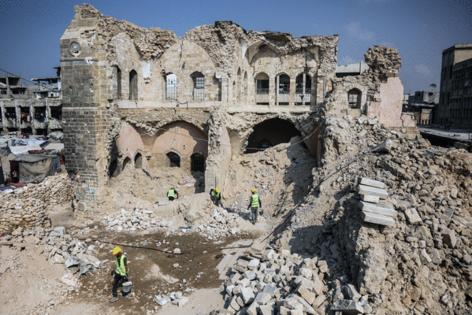


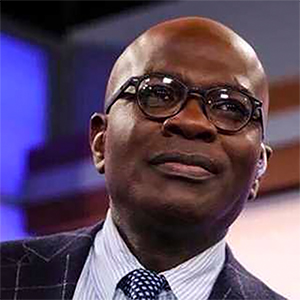























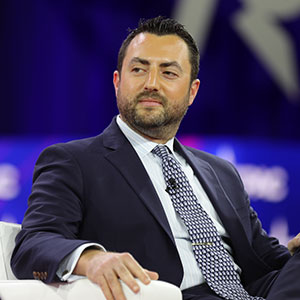
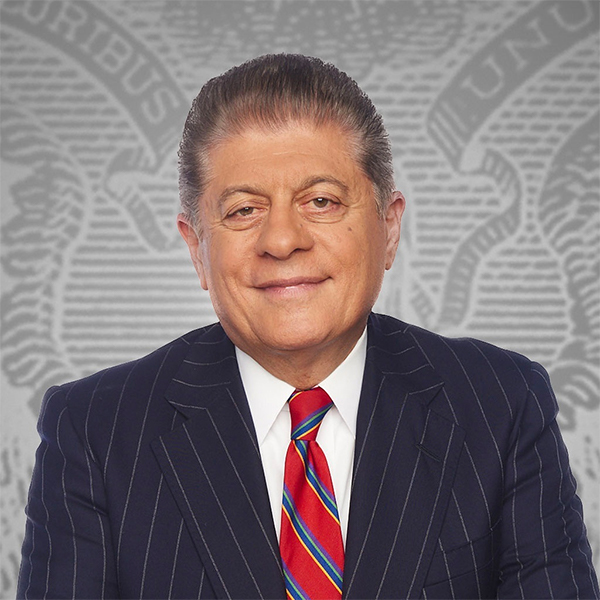










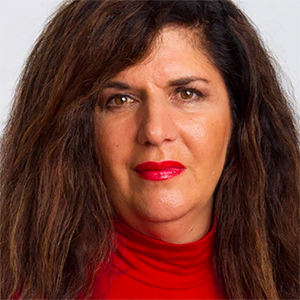














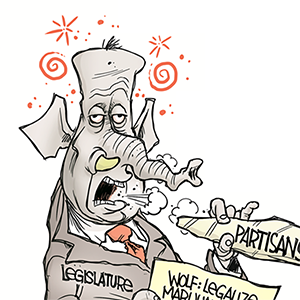

Comments